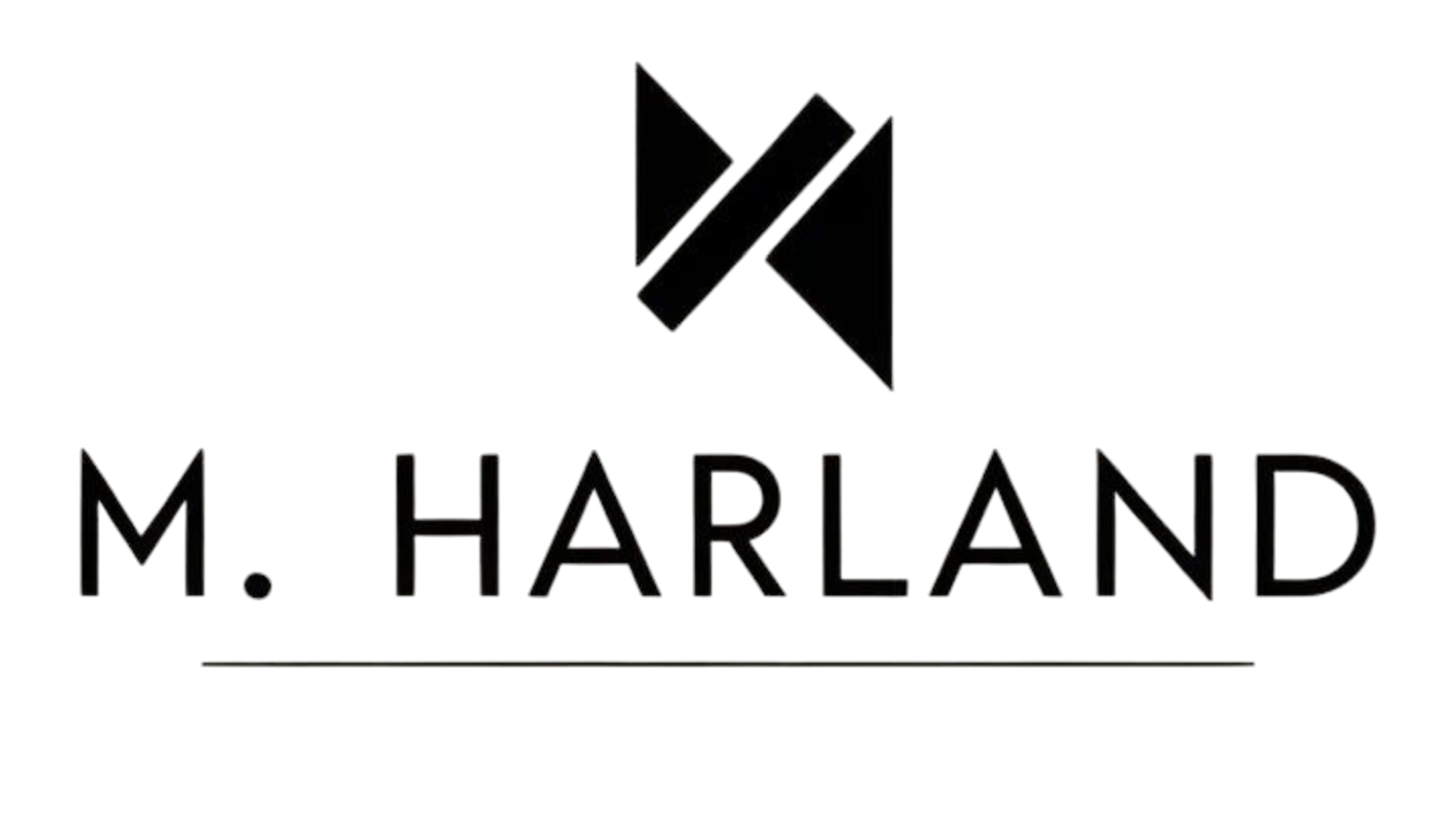What's On Glasgow
Festivals in Glasgow. From music to film, comedy to books, family to the arts there's a wide range of cultural festivals being held throughout the year
Timeline
4 weeks
Tools Used
Figma, Zoom, FigJam
Solo Project
The Ask:
The challenge was to redesign the What’s On Glasgow website, a central hub for promoting events in the city. The original site was functional but outdated, with poor navigation, minimal filtering, and a dense layout that made discovering events difficult, especially on mobile. The goal was to create a modern, accessible, and user-friendly interface that would make it easier for both locals and visitors to find, save, and explore what’s happening in Glasgow. I was responsible for the end-to-end UX and UI design process, from research and ideation to prototyping and testing.
The Solution:
Using a Design Thinking approach, I delivered a complete redesign that prioritised usability, clarity, and responsiveness. I began with user research and competitor analysis to identify key frustrations and opportunities. I then created personas, journey maps, and user flows to define the user experience. From there, I developed wireframes and a high-fidelity Figma prototype featuring a cleaner layout, mobile-friendly filters like “Today” and “This Weekend,” and a “Save Event” function for easier planning. The new design also introduced a curated recommendations section to help users discover standout events. The result is a visually engaging, intuitive interface that better reflects the energy of Glasgow’s cultural scene and meets the needs of modern users.
DESIGN PROCESS
Empathise
Heuristic evaluation
Competitor analysis
User personas
Define
Ideate
Design
Test
Usability test plan
Empathy maps
User journey map
Crazy 8s sketches
user flow diagrams
Wireframes
Interactive Figma prototype
CASE STUDY
The original What’s On Glasgow website felt dated and lacked the clarity and structure expected of a modern events platform. The layout was cluttered, with little visual hierarchy, making it difficult for users to scan event listings or locate time-sensitive activities. Filters were minimal and static, which limited the ability to customise search results. The typography and spacing made the interface feel dense and overwhelming, particularly on mobile. Overall, the user experience didn’t reflect the dynamic, welcoming nature of Glasgow’s event scene.
Using the Design Thinking framework, I began by empathising with users through heuristic evaluation, competitor research, and persona development. I then defined key user needs and problem areas with empathy maps and journey mapping. During the ideation stage, I explored potential solutions through Crazy 8s and created user flows. From there, I moved into design and prototyping, building wireframes and an interactive high-fidelity prototype in Figma. The final stage involved planning usability tests to validate the proposed design.
Key Improvements
Time-based filters like "Today," "This Weekend," and "Free"
“Save Event” feature for bookmarking
Modern card layout with improved readability and whitespace
Fully responsive interface optimised for mobile
Outcome
The redesigned interface is clearer, more engaging, and easier to use, particularly for first-time users and those on the go. The visual refresh reflects the vibrancy of Glasgow’s cultural scene while supporting better user journeys for discovering and attending events. This project strengthened my ability to balance business goals with user needs, and deepened my confidence in applying a full Design Thinking process from end to end.


